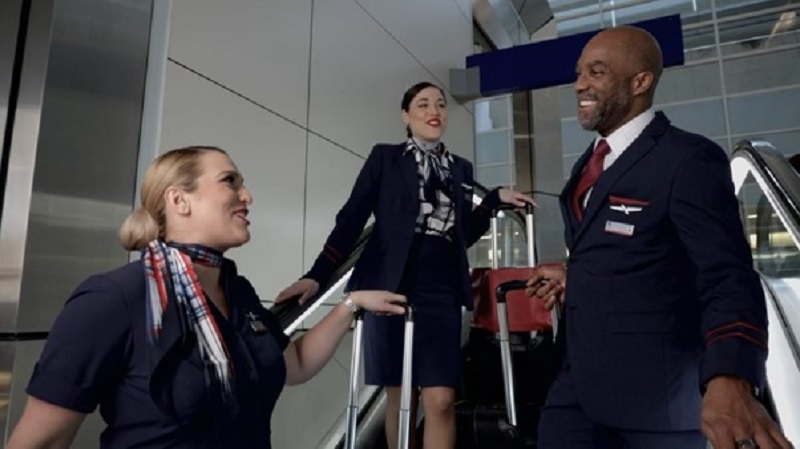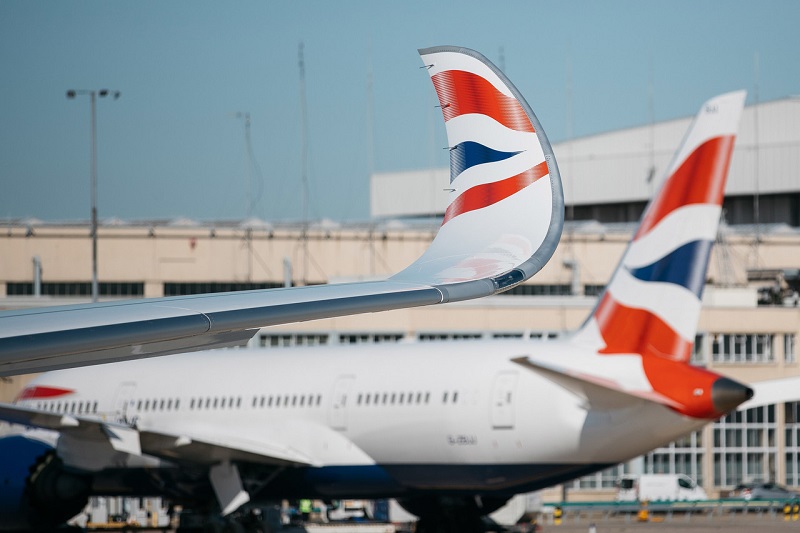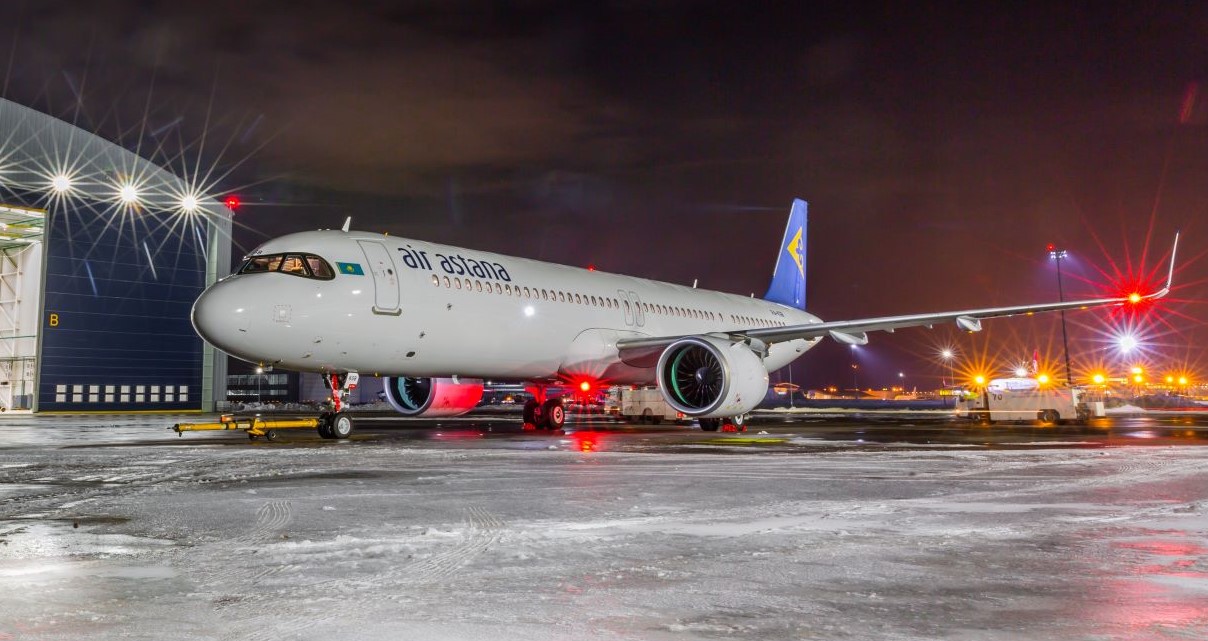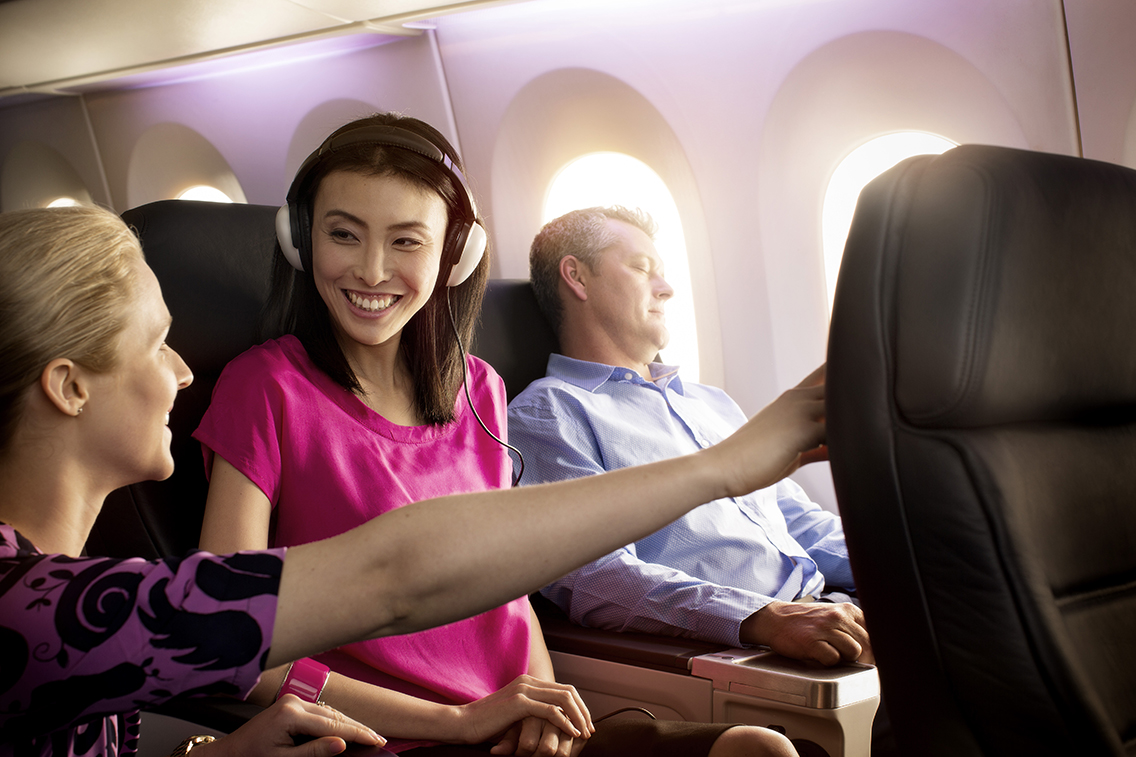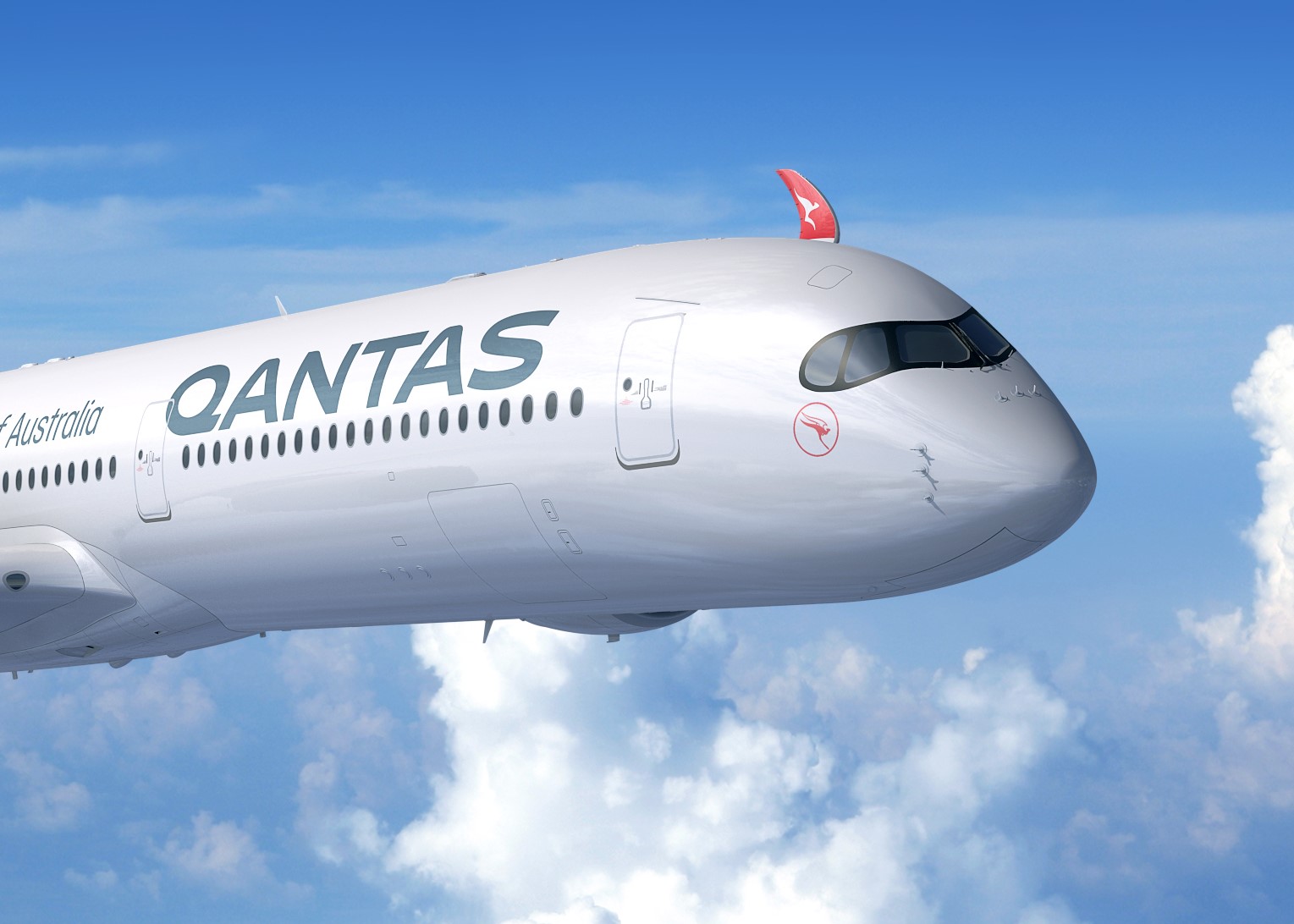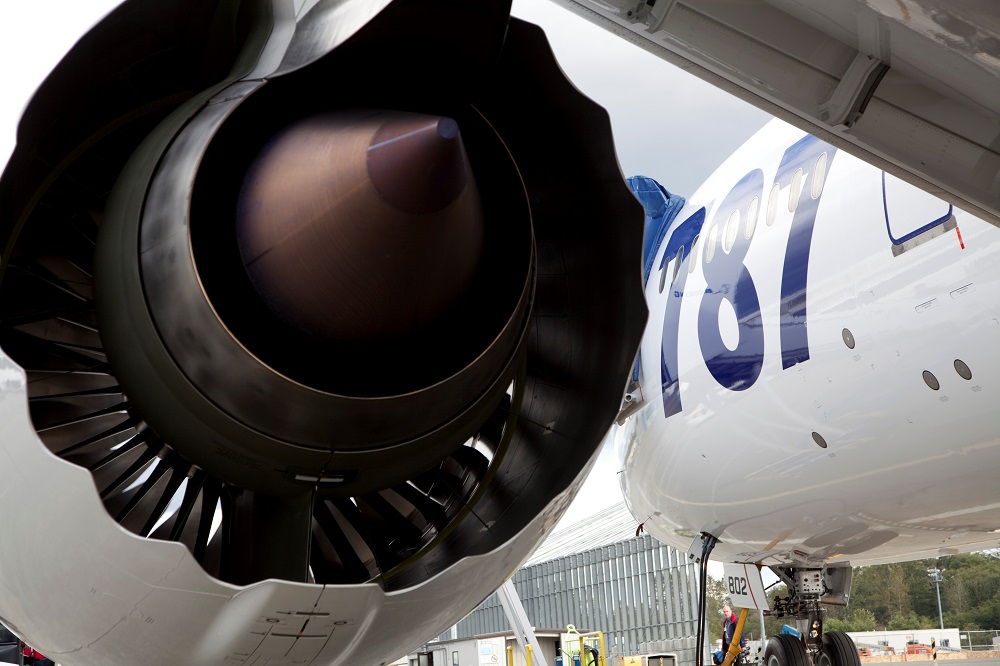American Airlines and Germany’s Lufthansa Group are suspending or canceling services to South Korea as part of ongoing airline schedule changes prompted by the coronavirus crisis.
The suspension of American’s daily service between Dallas-Fort Worth and Seoul Incheon until April 25 is effective March 4 and was attributed to a reduction in demand.
It follows similar moves by Delta Air Lines, Hawaiian Airlines, Air New Zealand and Australia’s Jetstar.
“Our teams are contacting affected customers directly to accommodate their needs,’’ American said, noting customers could request a full refund.
“American continues to review the airline’s flight schedule to ensure that customers’ needs are accommodated and will make additional refinements as necessary.”
South Korea has been particularly hard hit as it grapples with a coronavirus outbreak that is the biggest outside China with more than 4800 confirmed cases and at least 29 people dead.
Aviation industry data experts OAG estimated in an analysis released earlier this week that the Asian country saw a 21 percent fall in seat capacity in the week following February 24.
Korean Air Lines is checking the temperatures of all passengers on US flights and has also boosted its cabin disinfection procedures.
All passengers bound for the US go through temperature checks at boarding gates using thermal imaging cameras and handheld thermometers. Those with a temperate higher than 37.5C are denied boarding.
At the same time, Korean is disinfecting aircraft using MD-125, an approved disinfectant known to eliminate coronaviruses.
Lufthansa announced it was reducing frequencies between March 5 and April 24 on routes from Frankfurt and Munich to Seoul as part of a significantly wider response to the coronavirus.
READ: Airlines to fly 40 million fewer seats in first months of 2020.
The airline’s flights between Munich and Hong Kong have also been suspended From March 6 to April 24 and passengers will be rebooked via Frankfurt and Zurich where possible. Flights to Tehran are suspended until April 30.
Japan is another Asian country starting to feel the pinch with All Nippon Airways announcing Wednesday it is reducing frequencies on a number of domestic routes and Silkair suspending operations between Singapore and Hiroshima from March 27.
In Europe, Lufthansa is adjusting its service to Northern Italy and reducing frequencies to destinations such as Milan, Venice, Rome, Turin, and Pisa during March, while Austrian Airlines was reducing its flight program to Italy by as much as 40 percent.
The European airline group signaled other reductions are planned for SWISS, Eurowings and Brussels Airlines, warning the changes would see the availability of short- and medium-haul flights reduced by up to 25 percent in the coming weeks.
“Lufthansa Group airlines are also continuing to reduce their long-haul flight program,” it said.
“Mathematically speaking, the number of Lufthansa Group long-haul aircraft not in operation will increase from 13 to up to 23.”
READ: Airlines and the economy resilient to virus shocks.
Ryanair is also reducing its short-haul flight program by up to 25 percent between March 17 and April 8 due to a significant drop in bookings due to COVID-19.
The airline reported a significant increase in passenger no-shows, particularly from and within Italy.
“Our focus at this time is on minimizing any risk to our people and our passengers,” Ryanair group chief executive Michael O’Leary said.
“While we are heavily booked over the next two weeks, there has been a notable drop in forward bookings towards the end of March, into early April.
“It makes sense to selectively prune our schedule to and from those airports where travel has been most affected by the COVID-19 outbreak.”
British Airways is canceling more than 200 flights between March 16 and March 28 to destinations that include New York, Italy, France, Germany and Ireland.
The US and other countries have upgraded travel warnings to South Korea, Italy, and Iran, with some countries such as the US and Australia now banning travel to the latter.
Iran has more than 2300 confirmed infected and a death toll at 77 while Italy has seen more than 2000 cases and 54 deaths.
In the US, the number of cases has now topped 100 with seven deaths and President Donald Trump says he is considering further travel restrictions.
Global figures on March 3 US time stood at more than 92,000 confirmed cases and at least 3131 deaths, according to Johns Hopkins University.
The World Health Organization is still hopeful the spread of the disease can be contained but has called for manufacturers of protective gear such as masks, gloves and goggle to increase production.
WHO director-general Tedros Adhanom Ghebreyesus said the coronavirus spread less efficiently than the flu but causes a more severe illness with a higher fatality rate.
The virus continues to have an economic impact with reserve banks in the US and Australia announcing interest rate cuts Tuesday.
The decision by the US Federal Reserve to slash interest rates by half a percentage point was the first emergency rate cut since the global financial crisis.
Despite the threat of further travel restrictions, a WHO update released February 29 continued to advise against the application of travel or trade restrictions to countries with COVID-19 outbreaks.
“In general, evidence shows that restricting the movement of people and goods during public health emergencies is ineffective in most situations and may divert resources from other interventions,’’ it said.
“Furthermore, restrictions may interrupt needed aid and technical support, may disrupt businesses, and may have negative social and economic effects on the affected countries.”
















